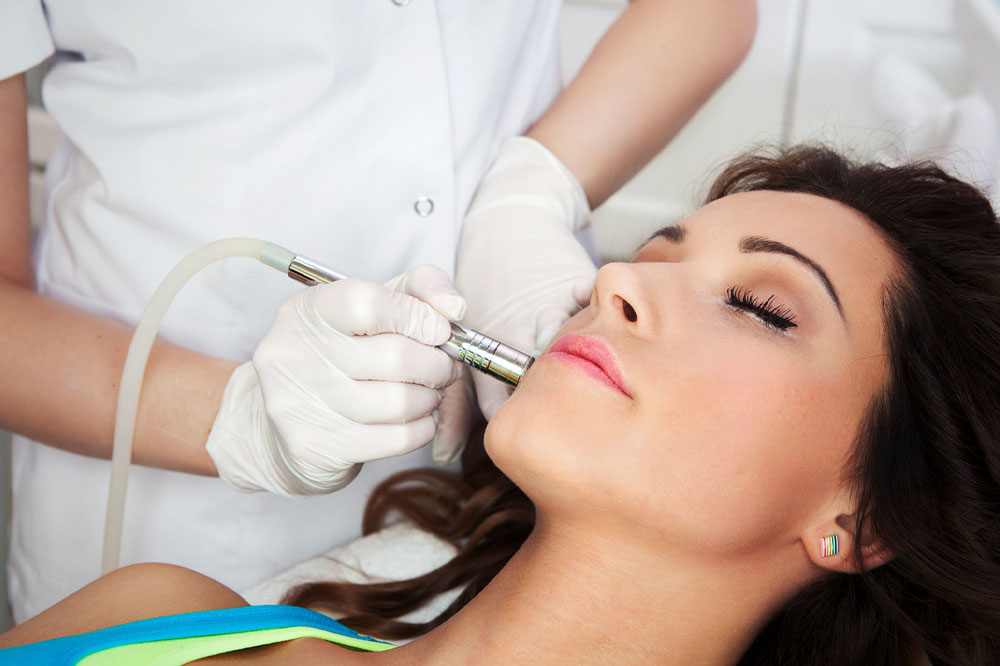
Key things to know about laser resurfacing for acne
If you are one of the millions of people who suffer from acne, you may know how frustrating it can be to try treatments that don’t work. You may have even considered giving up on finding something that will help. But there is one treatment that has been proven to be effective for many people: Laser resurfacing for acne. If you are considering laser treatment for acne, read on to learn more about this treatment.
What is laser resurfacing?
Laser resurfacing is a popular cosmetic surgery procedure that uses lasers to enhance the appearance of the skin. The laser removes wrinkles, scars, and other blemishes from the skin while leaving it healthy and smooth. Laser resurfacing is a safe and effective way to restore your skin’s appearance. It can be performed on all types of skin, including sensitive skin.
What to prepare for laser resurfacing?
The dermatologist will review the patient’s medical history and conduct a physical exam. This will help them identify any susceptibilities that may need to be considered when performing the procedure, like an increase in cold sores or fever.
How is laser resurfacing done?
Several types of laser technology can be used for laser resurfacing, each with its own benefits and drawbacks. Here’s a brief overview of the most common types of lasers used for this treatment:
CO2 lasers
CO2 lasers are the most commonly used for treatment because they offer the best cosmetic outcomes. They’re also the least invasive option, which makes them ideal for people who want to avoid surgery. However, CO2 lasers have a limited range and may only be suitable for some skin types. In addition, it removes the outer layer of skin, which contains damaged cells and imperfections. This procedure can help improve skin tone and texture while reducing wrinkles and fine lines.
Erbium-YAG (EY) lasers
Erbium-YAG (EY) lasers are another popular type of laser used for laser resurfacing because they produce high energy levels that can penetrate deep into the skin. This makes EY lasers ideal for treating deeper wrinkles and folds in the skin, as well as age spots and other blemishes. However, EY lasers have a higher risk of causing scarring, so they should only be used by experienced clinicians. The type of laser used for resurfacing will depend on the patient’s specific needs. CO2 lasers, for example, are frequently used for patients with more severe skin damage, whereas Erbium-YAG lasers may be more appropriate for patients with less severe impairment.
Photopneumatic therapy (IPL)
It uses high-intensity light to break down the top layer of skin.
Photodynamic therapy (PDT)
PDT uses low-level lasers to destroy the cells beneath the surface layer of the skin, causing them to die and peel away. If you are considering laser resurfacing for acne, you must consult a qualified dermatologist or plastic surgeon with experience with this procedure. In addition, they will be able to assess your individual requirements and recommend the best course of treatment.
Is there any possible risk associated with laser resurfacing?
Any surgery is always associated with risk, but laser resurfacing is considered one of the safest procedures. However, there are some potential side effects that patients may experience after laser resurfacing. These side effects can include swelling, itching, and redness. While these symptoms may be uncomfortable initially, they usually go away within a few days. So it is recommended that you get in touch with a doctor immediately if you experience any of these side effects.




